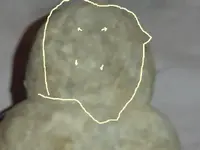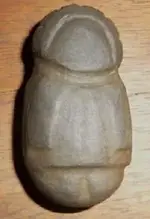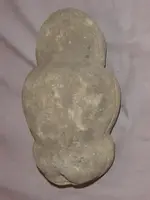I have seen, in the past, this general nodule shape and form in a number of stone types. As was stated before, in sandstone, because of a hematite(iron) presence, also chert occasionally forms in such shapes in limestone. Limestone nodules as such form in limestone layers locally and are related to the chert, minus the silicification. I have also seen in rock shops similar shapes of calcareous sinter(tufa). And last, it resembles calcite/aragonite nodules formed in calm pools in limestone caverns. Your break was pretty predictable and does not really show the nature of its internal structure. You should give an edge a firm hit with a hammer or another rock from the flat(seam) surface outward and take off a decent chip. If you hit it from an outer surface inward it is more likely to fracture unpredictably. If it is sandstone it will be obvious, if chert it will be sharp and hard, if plain limestone it will be grey and bland, scratchable, and consistant of grain, if tufa, ya got me, and if the cave stuff, it will likely be concentrically banded, kinda pretty, kinda soft and workable with dremel tool and sandpaper(wet). As far as it being an indian tool or effigy, it is not, but it should be noted that they occasionally did pick up stuff that looked cool, simply because it looked cool, just like we do. Evidence of that may be where you found it. Such things can sometimes only be determined by inferrence. Just another opinion and thanks for linking this post to rocks and gems, that is where I found it. C
 did i find something, or is another sex rock?
did i find something, or is another sex rock? did i find something, or is another sex rock?
did i find something, or is another sex rock?


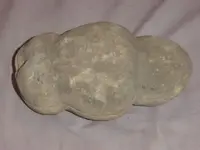
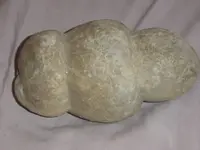
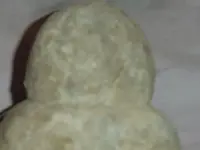
 ) , it has like small goldish ,metalic spots , on the outside.Like it make have been coated in something possibly .Unfortunately i don't know how much i rubbed off handling it, not much left .I am thinking about scrubbing it with a small brush to clean it .That way i can get a good look at the markings,still can't decide.
) , it has like small goldish ,metalic spots , on the outside.Like it make have been coated in something possibly .Unfortunately i don't know how much i rubbed off handling it, not much left .I am thinking about scrubbing it with a small brush to clean it .That way i can get a good look at the markings,still can't decide.
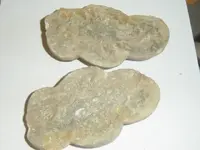





 Get the glue out!!
Get the glue out!! 
